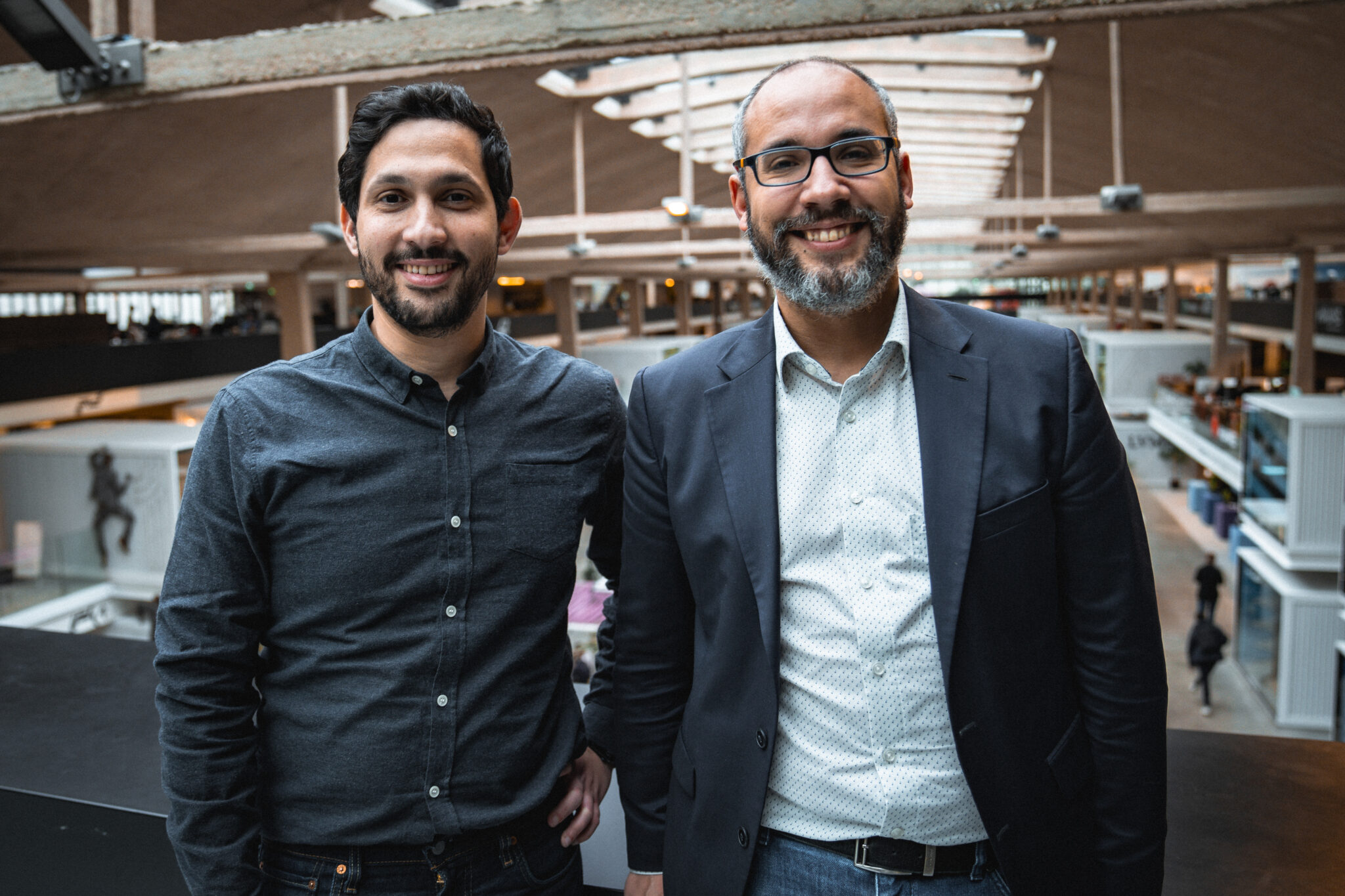The national logistics division of Swiss food retailer Migros is expanding its highly automated dry goods distribution center in Suhr with WITRON. The integration of 14 additional COM machines into the existing solution during ongoing operations is claimed to be a logistical, architectural, and sustainable masterpiece.
The logistics area required for this is being built on the roof of the dispatch station, which is adjacent to Migros Verteilbetrieb AG (MVB), Suhr so that no additional space needs to be sealed for the expansion. Starting in the third quarter of 2027, the additional technology will enable MVB to pick almost 132,000 additional cases onto store pallets fully automatically every day. The facility in Suhr will then pick more than 560,000 cases on a peak day using a total of 47 COM machines in combination with WITRON’s DPS and ATS solutions.
The project known as “FOODTURA” was a challenging task for WITRON’s logistics designers, as only 7,000 square meters were available for the expansion. A total of 14 fully automated picking machines, 116,000 tray storage locations, 28 stacker cranes, 6 depalletizers, and 4 stretch-wrappers had to be integrated – spread over two levels. Given these specifications, MVB and all architects involved have elaborated a solution that sets standards in terms of both functionality and design.
Integration of 14 additional COM machines
The new logistics area will be connected to the existing one via a compact conveyor system network. “MVB has been storing and picking dry goods in Suhr since mid-2011 with a WITRON OPM system at Champions League level”, explains Alexander Schweizer, Head of Engineering and IT at MVB. “From there, we currently supply more than 700 stores with 315,000+ cases daily.” At the end of 2015, an automated solution for the fresh produce and convenience sectors was integrated into the existing building, enabling almost 120,000 cases to be picked every day.
“With the OPM solution, we have achieved a high level of cost-efficiency and store service in recent years – and, as a result, a high level of customer satisfaction. Due to the expected growth, the decision was made to integrate 14 additional COM machines into the dry goods sector. This will enable MVB to pick an additional 132,000 cases per day in future”, explains Schweizer.
Migros Verteilbetrieb AG in Suhr is already operating 28 COM machines in the dry product range and 5 COM machines in the convenience sector. “By the end of 2027, a total of 47 COM machines – in combination with WITRON’s DPS (Dynamic Picking System) and ATS (Automated Tote System) solutions – will be stacking more than 560,000 cases onto pallets and roll containers every day almost error-free, store-friendly, ergonomic, and sustainable. Nearly 100 percent of the product range will be picked automatically”, says Schweizer.
Extensive IT project in Neuendorf
In addition to the OPM expansion at the Suhr site, the two companies also signed a contract for a comprehensive IT project at the Neuendorf site.
At the beginning of 2021, WITRON successfully implemented one of the world’s most efficient omni-channel distribution centers there as part of a challenging greenfield / brownfield project. The highly dynamic facility supplies more than 700 stores and many thousands of home shopping customers from a wide near-food / non-food range of 100,000+ different items p.a. On a peak day, WITRON’s OPM, AIO, and CPS systems pick 470,000+ cases, pieces, and bulky parts, which are dispatched both by truck and by rail. The facility also started the operation of a frozen goods warehouse, which uses OPM technology at minus 25 degrees Celsius to supply more than 1,400 stores from a range of 2,200 products and stack up to 100,000 cases daily store-friendly onto pallets and roll containers.
Intelligent software suite replaces existing solution
While the automated logistics areas in Neuendorf are already controlled by a WITRON WMS, the upstream and downstream logistics areas (receiving / shipping / returns handling) as well as all interfaces to the Migros SAP system and other higher-level systems (e.g. route planning, container pool management, statistics tools, etc.) have not yet been integrated into the WITRON platform.
As part of the end-of-life process, the existing solution in the near-food / non-food sector is now being successively replaced by a state-of-the-art WITRON WMS during ongoing operations. The future software suite is impressive end-to-end both functionally due to a high level of warehouse intelligence and through a high degree of usability and user experience – individually adapted to the tasks of the respective worker. This project should also be completed by mid-2027.
similar news












![[Podcast] Electric Freightway: Decarbonising the UK’s HGVs](https://9e1ed6cd27b6b3199380.b-cdn.net/wp-content/uploads/2025/07/Designer.png)
